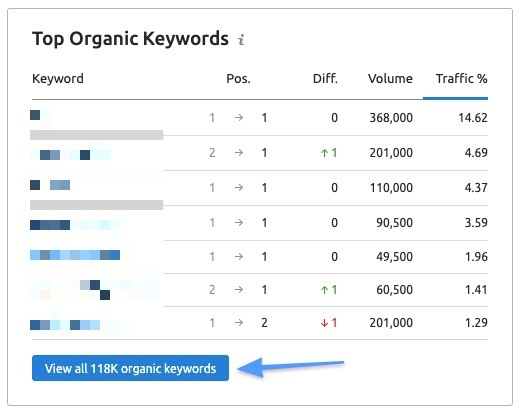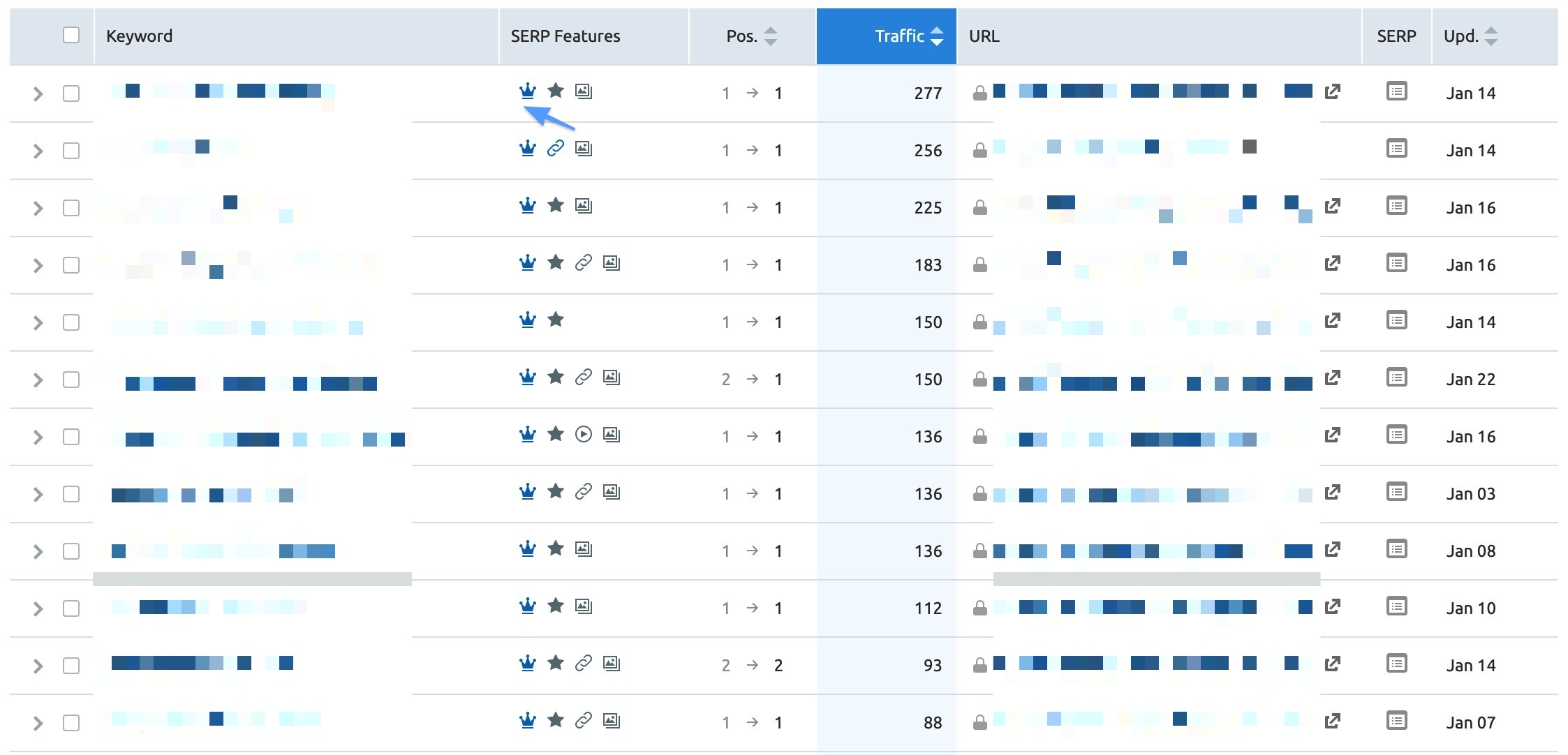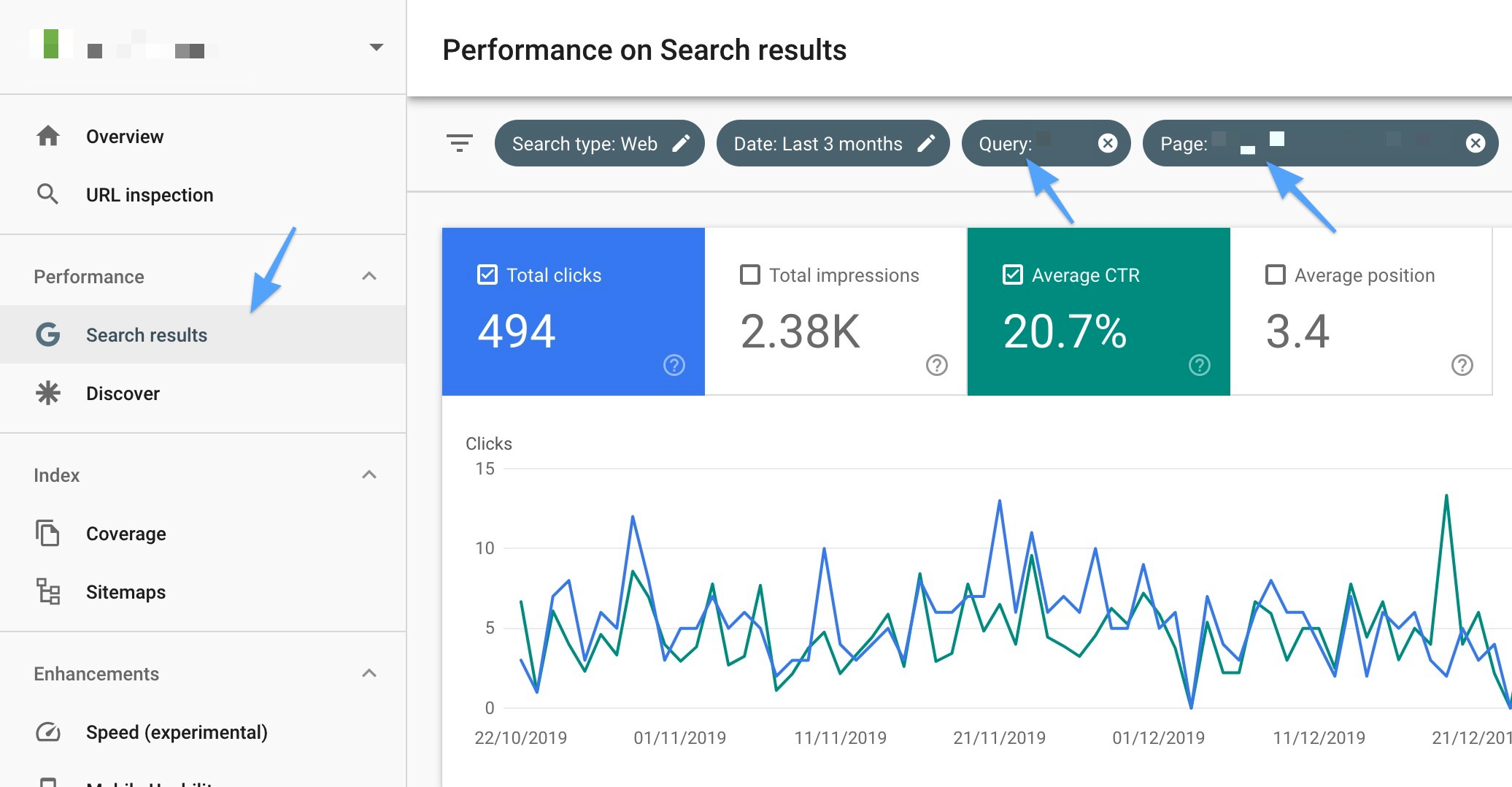Yesterday Google announced they are removing double organic listings in search results for sites that rank on the first page and also capture the Featured Snippet. This is a large change from Google on how Featured Snippets work, and it is something everyone in the search industry needs to be aware of.
More importantly, you need to be aware of new strategies with snippets to ensure they are driving as much traffic to your site as possible. Thankfully, as we know exactly when this change was made, we can analyze how it is impacting the amount of organic traffic to your site.
On a side note, I just released a blog post about on-page SEO for articles where I wrote about the benefits of snippets. I may need to edit that a bit now; thanks, Google ?. I am guessing a lot of us are going to need to edit posts.
What were the historical benefits of Featured Snippets?
You could jump from your normal position in a search result to the very top (sometimes called position 0). If you were ranking in position 2 up, there was an obvious benefit because you could jump the line, so to speak, and get ahead of position 1. If you were in position 1 in the classic 10 blue links, you got to show up twice at the very top of the SERP. In a lot of cases, this resulted in an increased CTR (click-through rate) because a site was taking up a larger portion of the SERP.And the impact now?
Logic suggests you should expect a drop in the click-through rate you receive for a keyword if you previously both ranked in position 1 and captured the snippet but, after this update, you're left with the featured snippet alone.
Although it's too soon to tell for sure, based on existing studies and some initial thoughts from the experts, you should probably brace yourself for some serious impact on the traffic to your pages.
Bill Slawski ⚓ @bill_slawski @bhartzer @beanstalkim Yes, and they have been saying that the featured snippet is still a front page listing, so siteowners aren't being harmed by the removal of the organic listing. I'm not sure I agree with that.Danny Sullivan mentioned on Twitter that desktop Featured Snippets that display in the right-hand column rather than the main column will also soon be moved inline which should hopefully mean less of a drop in CTR on desktop in this scenario:
We appreciate that concern. Hopefully this will ease it. This format is likely to appear in the main column as regular features snippets do within a month. And we're likely to stop deduplication within it until that happens, maybe later this week.
— Danny Sullivan (@dannysullivan) January 23, 2020Keep in mind, none of this is for certain, and you need to figure this out using your own data.
The snippet can still have a benefit for those in position 2 up who want to jump ahead in the search result if they are getting a lower CTR in their organic position than what they would do if they were showing in the snippet.
In this short guide, I am going to run through how you can check whether gaining a Featured Snippet is still beneficial for you and what to do if they're not.
Steps to Take
The steps you need to take to check if a snippet is beneficial to your page is pretty simple. Unfortunately, Google does not give you any indication whether you rank in a snippet via Search Console, so getting that information is either a manual process or you can rely on a tool like SEMrush.
1) Search for Your Domain in the 'Organic Research' Report
Your first step is to simply go to the ' Organic Research' report within SEMrush and enter your domain.
2) View All of Your keywords
Next, you are going to need to scroll down the page a bit to where it says 'Top Organic Keywords'. Once there, click the blue 'View all x organic keywords' button.

3) Filter for Featured Snippets only
Next, use SEMrush's advanced filter functionality to only show keywords that are featured snippets.

4) Check Your List of Keywords
SEMrush will now show you a list of all your keywords that contains a featured snippet as a SERP feature. When looking at this list, I recommend paying particular attention to any keyword that ranks first organically; these are the ones that are more likely to see a drop in CTR.

In the future, when tools like SEMrush refresh their rankings, you will no longer be able to see your normal organic position if you have captured the snippet. If you want to check if you are ranking in position 1, you can append this parameter '&num=9' (credit to Kevin Richard on Twitter).
However, having to do this does make it a bit more difficult to find a keyword where you could potentially increase CTR by not featuring in the snippet as you can't see your normal rank at scale. This makes now the best time to start doing these checks.
5) Cross-check with GSC (Google Search Console) Data
What you need to do next is filter within the GSC 'Search Results' performance report for the query and URL you have just found from SEMrush.

In some cases, you may not want to use the entire query. For example, if the URL returned by SEMrush is /blog/best-built-in-microwaves/ and the query with the snippet was 'best microwaves'. There will be multiple variations of that query that also, more than likely, show the snippet such as:
best microwave uk best microwaves 2020 best microwave uk 2020 best built in microwaveThese also more than likely return a snippet and as they are long-tail, and may not show in SEMrush or other tools. In this case, you may want to analyze your change in clicks for all queries containing 'best'.
6) Check to See if There is a Noticeable CTR or Click Change
At this time, what you can do is check to see if you can see any noticeable change in clicks and CTR since the 22nd of January (when Google announced the change). It is still pretty early on, so you may want to wait a few days before you analyze further.
7) And if I am getting less traffic?
The solution to stop showing up for snippets on a page lies within the max-snippet tag that Google announced in September 2019. This tag can be used to limit the number of characters that show up in both normal and Featured Snippets.
The alternative is the nosnippet tag, but this would cause you to also lose your normal snippets alongside featured ones.
In most cases, meta descriptions lie around 155 characters whilst Featured Snippets that are paragraphs tend to be closer to 300 characters. We could, therefore, retain our normal snippets and get rid of Featured Snippets by setting a character limit between ~155 and ~300 characters. To play it safe, try setting this to around 200 characters.
Adding the snippet tag is as simple as adding it in a meta tag like the below:
<meta name="robot" content="max-snippet:200">Google mentions using this tag in their docs on Featured Snippets here. They do mention that this isn't a guaranteed way of removing the Featured Snippet if it is shorter than your character limit. However, this should work in the majority of cases.
Summing Up
You should hopefully now have a good idea of how to first measure whether this change is impacting your traffic, and most importantly, how to make changes to your page to regain lost traffic.
In the future, for pages that capture a lot of snippets, I recommend testing adding the max-snippet tag to them and then measuring how that impacts your traffic soon after.
Alternatively, take a look at what Bill Slawski's tweeted and maybe give keyword cannibalization a go!
If having a featured snippet means Google will push the result that Featured Snippet is taken from to the top of Page 2, that means that there is a reason for keyword cannibalization to exist! See attached example FS for Reasonable Surfer Model. pic.twitter.com/15GrUOuDQL
— Bill Slawski ⚓ (@bill_slawski) January 23, 2020If you have any examples of this change negatively impacting your traffic, please share below or tweet me @SamUnderwoodUK. I am also planning on looking into using the SEMrush and GSC API together to try to automate some of this research that will be writing more about. So make sure to check my site as well.
Innovative SEO services
SEO is a patience game; no secret there. We`ll work with you to develop a Search strategy focused on producing increased traffic rankings in as early as 3-months.
A proven Allinclusive. SEO services for measuring, executing, and optimizing for Search Engine success. We say what we do and do what we say.
Our company as Semrush Agency Partner has designed a search engine optimization service that is both ethical and result-driven. We use the latest tools, strategies, and trends to help you move up in the search engines for the right keywords to get noticed by the right audience.
Today, you can schedule a Discovery call with us about your company needs.
Source:




![How To Create a Strategic Dashboard in Excel Using Semrush Data [Excel Template Included]](https://new.allinclusive.agency/uploads/images/how-to-create-a-strategic-dashboard-in-excel-using-semrush-data-excel-template-included.svg)
